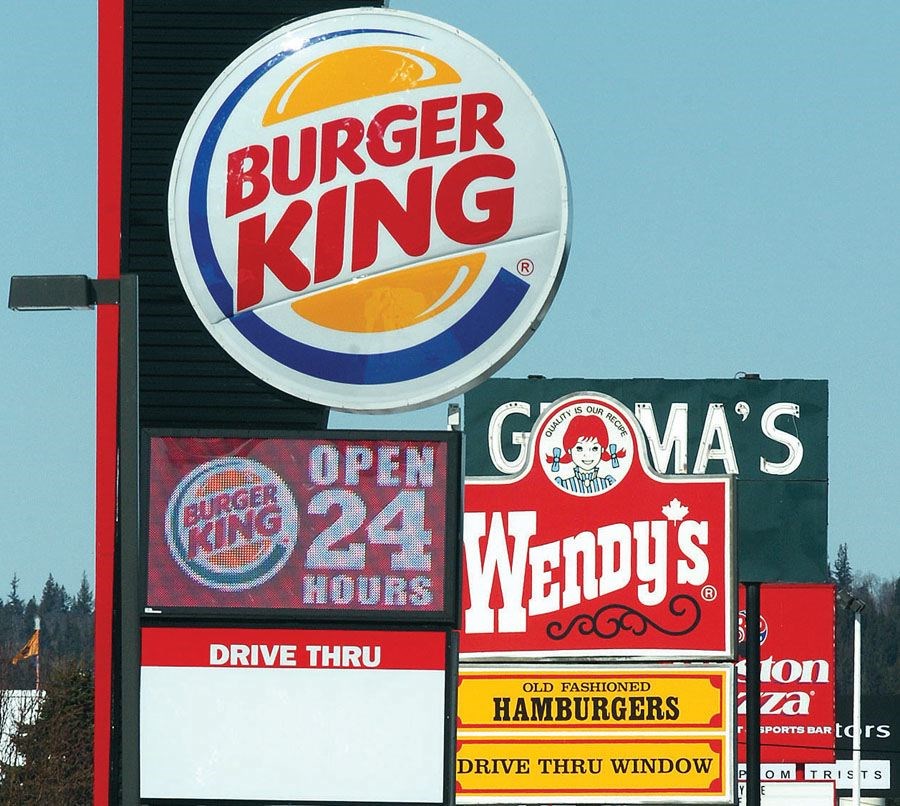There's a common saying that it's easier to ask for forgiveness rather than permission.
But neighbours of a property north of Salmon Valley aren't leaning toward forgiving a long-standing not-approved use.
The nine-hectare parcel is currently used for storage of logging and trucking equipment, which is not allowed under the Rural 3 zoning or its agricultural/resource designation under the Salmon River-Lakes official community plan.
When the application to rezone four hectares of the land came up for second reading last August, Regional District of Fraser-Fort George directors questioned whether re-zoning the property would lead to a clean up of an area that's been an unsightly premises for years.
"This applicant has been thumbing their nose at us for some time," said Area A director Warren Wilson.
Neighbours had the chance to register their complaints in person March 21 during the public hearing for the rezoning at Pilot Mountain fire hall.
Among the concerns was the non-farm use of land in the Agricultural Land Reserve, the potential for contaminants such as oil to run off into neighbouring properties and the visually unappealing aspects.
"I don't think there would be so much opposition in the first place if it didn't have a history," said Jack Peterson, who lives across from the property. "It looks like a junkyard."
Landowner Dan Sindia said the plan is to get rid of the used and junk cars and equipment that currently litters the site - holdovers from when the property was a gas station decades ago. He also said he and his wife were willing to build a berm at least 275 metres long to lessen the aesthetic and noise impacts.
The owners of the Central Street East Burger King found their absolution last week when their retroactive sign permit variance was reluctantly approved by city council.
A sign for the newly renovated restaurant was put up with more height than was anticipated, after an oversight in a previous application for a varied sign permit.
"The variance to the maximum height of a freestanding sign did not include the sign's concrete base that sits 0.76 m above ground," said a planning department report to council.
"I don't know whether it was miscommunication from them or from us about why they didn't include that concrete, but none of the exhibits that were shown to council included that concrete base," city planner Pam Hext told council when asked why it happened in the first place.
Coun. Dave Wilbur initiated accepting staff's recommendation to approve the variance, but said he was doing so with "some trepidation and concern."
"It seems clear to me we should be sending a signal to those out there we're not going to... adopt a forgiveness attitude with respect to these things," he said. "What tempers my drift in that direction, if you will, is the draconian cost of having them remove the sign."
Coun. Albert Koehler outright voted against approval the change, to help send that message and also expressed his disapproval over the applicant not coming before council to explain themselves.
The oversight was just that, according Coun. Garth Frizzell, who didn't see it as malicious.
Coun. Brian Skakun agreed, noting the amount of investment the business owners had made in the community by renovating their restaurant.
"They're a long-standing business that has paid taxes here for quite some time and I'm going to give them the benefit of the doubt and I'm going to support this," he said.
Having to issue retroactive zoning variances or permits isn't very common, Hext explained, but it does happen.
"Most people do it correctly," she said, noting there may be one or two instances per year out of dozens of permits issued that come after the fact.
In one of the rare instances where council actually said no, the owners of Jack and Jill Laundry and Dry Cleaners found themselves having to alter their business sign.
Last November, the business changed locations and brought their animated sign with them. Unfortunately, their new home on Hartway Drive isn't zoned for animated signs.
Hext said staff worked with them to get the sign into compliance, so they didn't have to take it down.
"Their sign changed too much," she said, explaining the sign bylaw only lets the messages switch a maximum of 24 times per day.
But once a retroactive application does go to council, a denial is rare.
In January, Cedars Christian school were given the okay after portables they added to their site were too close to the property line to meet the setback requirements. This was the second time they received permission after the fact, because the property wasn't zoned to allow educational use when the first portables were installed in 2011.
In August 2011, the seniors' housing on Dagg Road needed a retroactive variance after a "skewing during the layout" left three of the four buildings constructed too close to the property line.
A month later, a Charella Place homeowner was granted a variance after adding a second floor to a detached garage project after getting his building permit. The change doubled the allowed gross floor area for an accessory building in the property's zoning as well as made the structure three feet taller than was allowed.
"The applicant alleges that he did not realize the addition of a second floor increases the total combined floor area (178m sq)," said the planning department's report to council. "Because the building footprint is still 89.0m sq, and meets site coverage requirements of the RS1 zone, the department supports this application."



